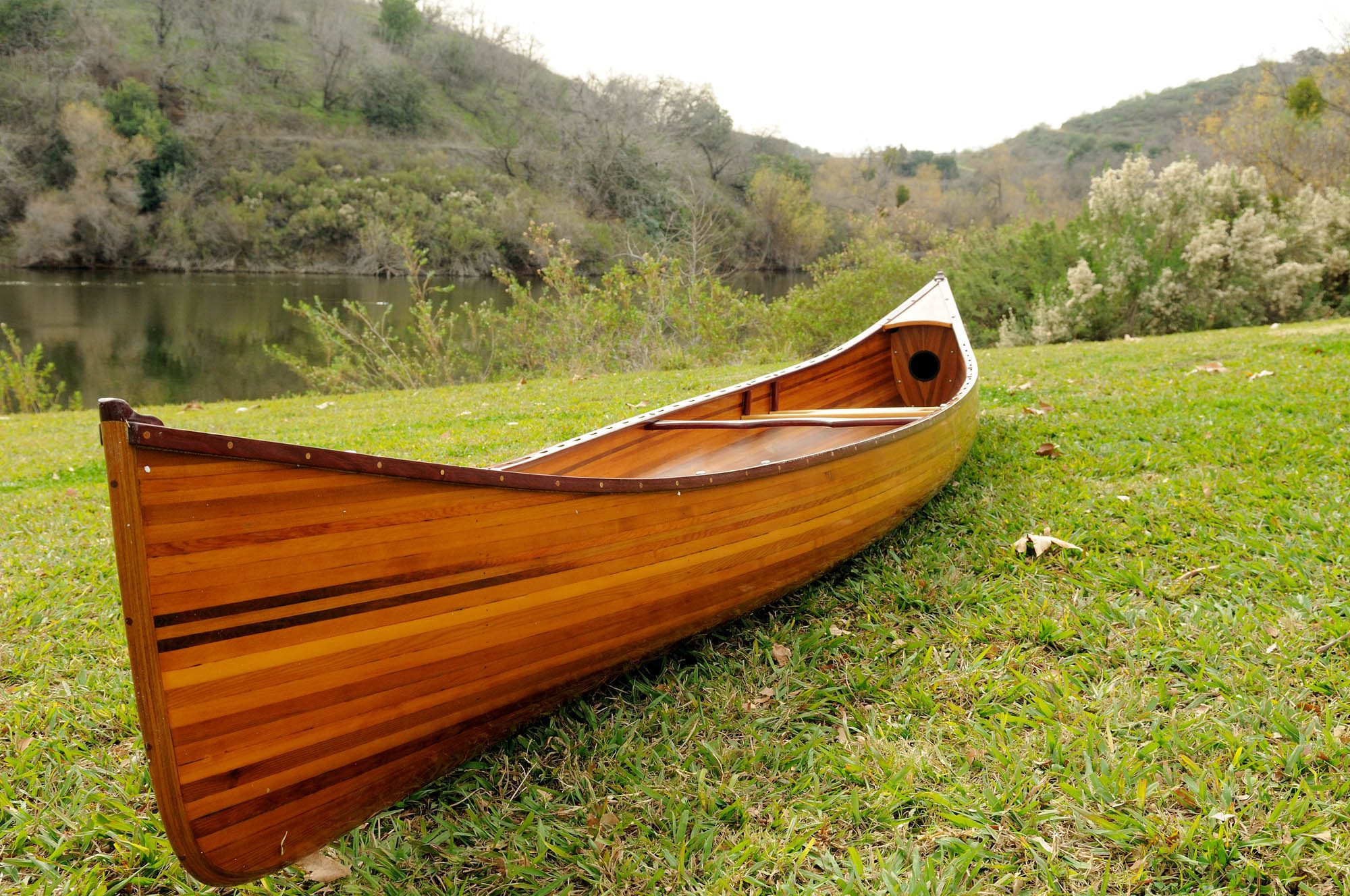
Crafting a Simple Wooden Canoe for Efficient Paddling
The allure of a handcrafted wooden canoe is undeniable. Its sleek lines, natural beauty, and whisper-quiet glide on the water captivate the senses. But beyond its aesthetic appeal, a well-designed wooden canoe can be a marvel of efficiency, effortlessly slicing through the water with each paddle stroke. This article delves into the key design principles for crafting a simple wooden canoe that prioritizes efficient paddling.
Choosing the Right Wood
The choice of wood is crucial. While various woods are suitable for canoe construction, certain species offer distinct advantages for efficient paddling. Cedar, for instance, is known for its lightweight yet strong nature, making it an ideal choice for minimizing weight and maximizing maneuverability. White Pine, while slightly heavier, provides excellent workability and a smooth, water-resistant surface. Redwood, with its inherent durability and resistance to rot, is well-suited for canoes intended for prolonged use in harsh environments.
Optimizing the Hull Shape
The shape of the hull is the cornerstone of efficient paddling. A canoe's hull is essentially a hydrodynamic profile, and its design influences how it interacts with the water. A V-shaped hull, for instance, offers excellent stability and cuts through choppy water with ease. However, it can be less efficient in calm waters. A rounded hull, conversely, provides superior glide in calm waters but may feel less stable in rough conditions. The ideal shape depends on the intended use of the canoe.
Key Design Features for Efficient Paddling - Sharp Bow: A sharp bow cuts through the water with minimal resistance, reducing drag and enhancing speed.
- Flat Bottom: A relatively flat bottom provides a stable platform for paddling and increases water displacement, contributing to efficient propulsion.
- Rounded Stern: A rounded stern reduces turbulence behind the canoe, further minimizing drag.
- Slight Rocker: A slight rocker, or upward curve of the bottom, enables the canoe to easily turn and maneuver, enhancing maneuverability.
Optimizing the Canoe's Length
The canoe's length significantly impacts its performance. A longer canoe offers increased stability and glide, making it ideal for long-distance paddling or carrying heavier loads. Conversely, a shorter canoe is more maneuverable and easier to transport, making it suitable for smaller waters or recreational paddling. The optimal length depends on the intended use and paddler's skill level.
Designing for Balanced Weight Distribution
Achieving balanced weight distribution is paramount for efficient paddling. A well-balanced canoe requires minimal effort to maintain course and navigate. Ensure that the paddler's weight and any cargo are evenly distributed along the canoe's length. Careful consideration of the seat placement and storage compartments is essential for maintaining this balance.
Conclusion
Crafting a simple wooden canoe that prioritizes efficient paddling involves a careful balance of design elements. By selecting the right wood, optimizing the hull shape, and ensuring balanced weight distribution, you can create a beautiful and functional vessel that glides effortlessly through the water. This thoughtful design approach not only enhances paddling efficiency but also ensures a truly enjoyable experience on the water.
0 comments:
Post a Comment
Note: Only a member of this blog may post a comment.